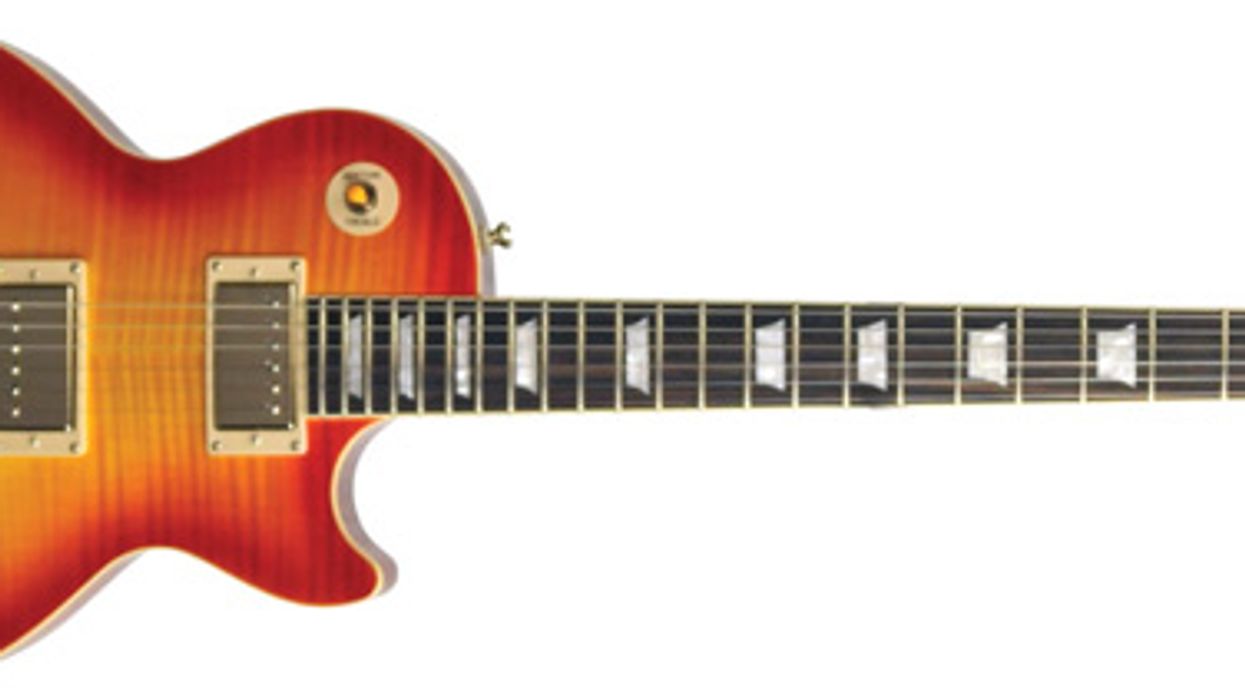Search
Latest Stories
Start your day right!
Get latest updates and insights delivered to your inbox.
gibson-players-custom-shop-gems-electric-musical-variety-les-paul-direct-bassman-standard-epiphone-one-piece-neck-ballpark-instrument-deter
Don’t Miss Out
Get the latest updates and insights delivered to your inbox.
Recent
load more
